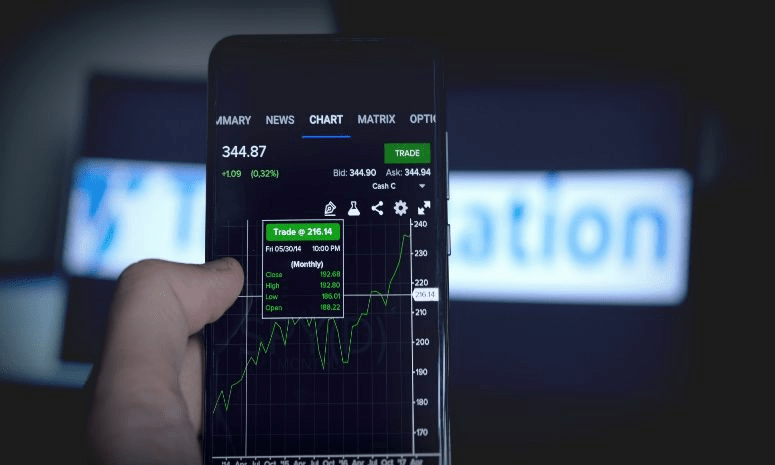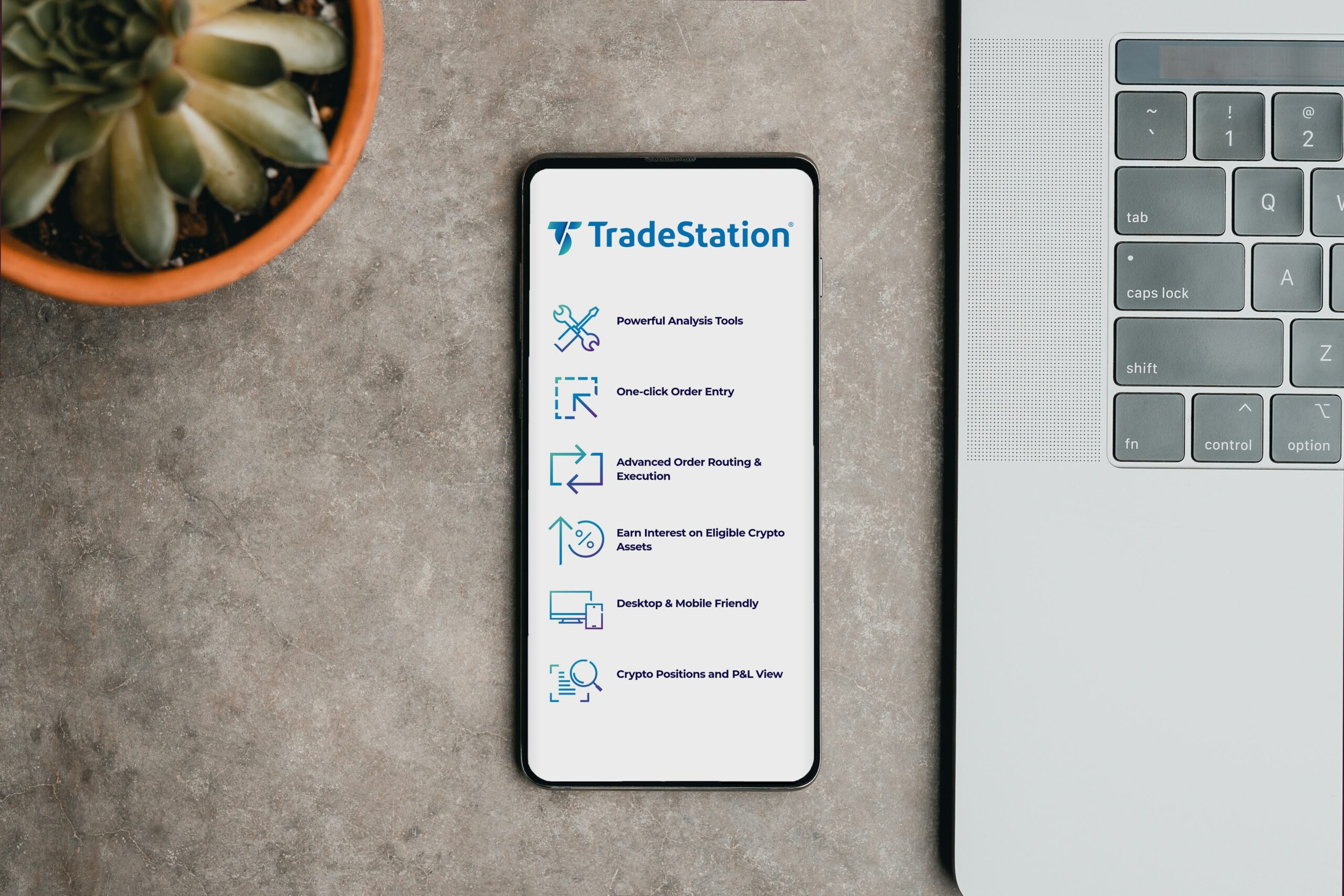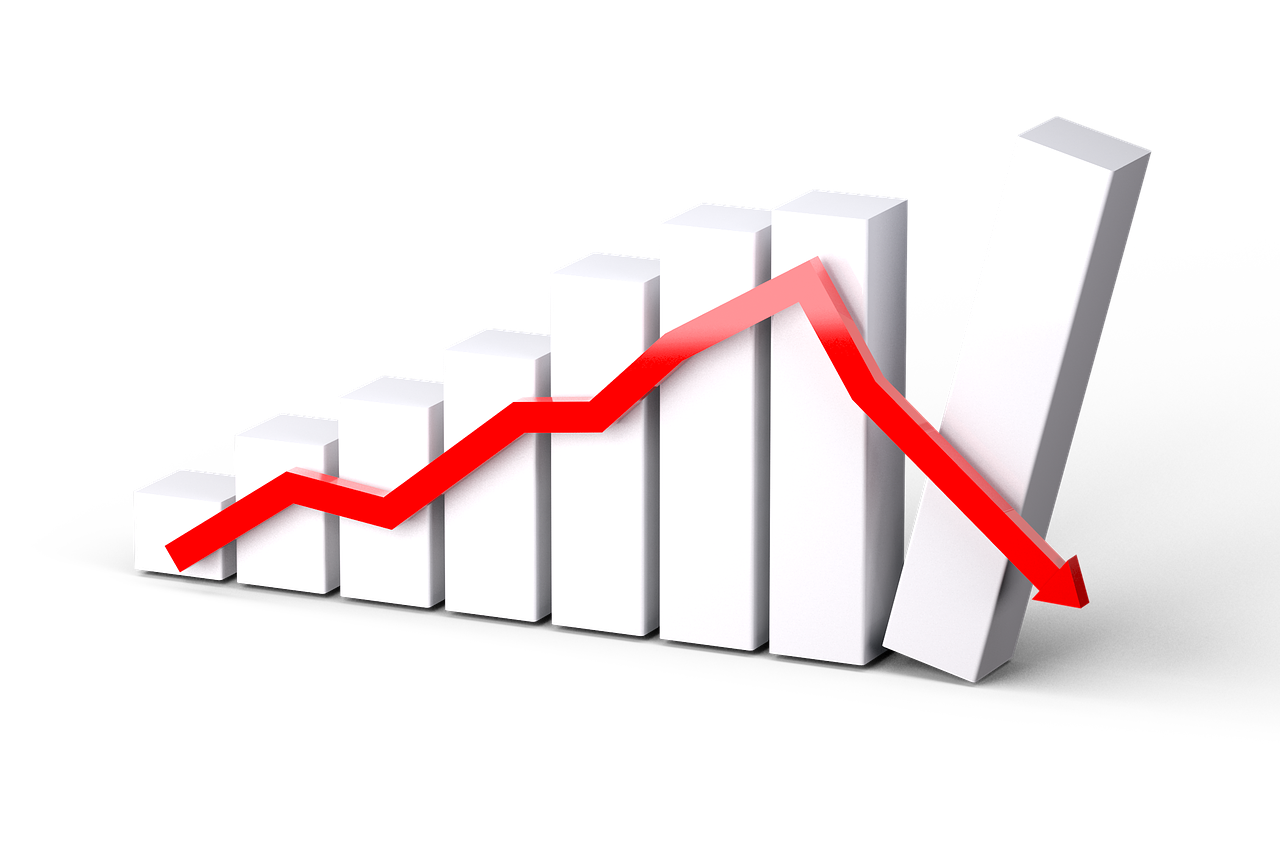The Pattern Day Trader (PDT) rule is the most frustrating mandate placed on traders.
To “protect” you from overtrading, the SEC prevents you from placing more than 3 day trades over the span of 5 business days within a margin account.
The rule applies to U.S. traders and is enforced on all U.S. brokerages.
There are several ways to get around the PDT rule, and some are better than others. The first option is to use an offshore broker, brokers without PDT rule. Then, if you don’t like that option and want another way to skirt the rule, I’ll suggest a couple alternatives (including the one I use).
But first, I’ll cover the best no PDT rule brokers.
The 2 Best Offshore Brokers Without PDT Rule
1. Capital Markets Elite Group (CMEG)
If you’re looking for a no-PDT broker, Capital Markets Elite Group (CMEG) is a viable option. Since this company operates outside the U.S. (it’s based in the Cayman Islands), it’s not subject to the same rules as U.S.-based brokerage firms.
CMEG offers equities, forex, and ETF trading. For stock trading, it provides three account tiers:
- Standard Account – The standard account allows you to trade stocks on the Nasdaq and New York Stock Exchange. It also allows you to trade on margin using 4:1 leverage with no minimum deposit.
- Active Account – The active account is for day traders who get in and out of the market with regular frequency. It provides a 6:1 leverage with a minimum deposit of $500. It also waives all platform fees and provides access to short locates for trading hard-to-borrow stocks.
- Enhanced Account – The enhanced account has everything the others provide, plus up to 10:1 leverage for margin trading. However, there is a $2,500 minimum deposit.
U.S. traders are allowed to open an account with a few restrictions. Since CMEG needs access to U.S. exchanges, it has to cooperate with the SEC and FINRA.
According to SEC rules, if you are a U.S. citizen using an offshore broker, you must certify that you were not solicited by that broker to do business with them.
On every page of the CMEG website you will have to confirm that you want to continue. Also, you must sign a separate document certifying that the company did not actively solicit your business before you can create an account.
2. Sage FX
Although Sage FX primarily caters to forex traders, there is an opportunity to trade U.S. stocks.
There is no minimum deposit to start trading on Sage FX, though you’ll be forced to trade on the outdated MT4 platform. Additionally, while it offers 30 technical indicators standard, you must pay a monthly fee to get the rest.
It also lacks transparency concerning commissions, fees, and spreads. You have to submit a “support ticket” to get any questions answered.
Overall, Sage FX seems like a reasonable alternative, though I wouldn’t dive headfirst into it.
About Offshore Brokers (Offshore Brokers No PDT)
Although offshore brokers will allow you to skirt the PDT rule, it can be frustrating and expensive to trade stocks on these platforms. Plus, I would be hesitant to place my entire trading account balance on either one of the platforms listed above.
The frustration of U.S. regulations has sent traders with less than $25,000 looking into offshore brokers. Unfortunately, I can’t recommend any of these brokers as a legitimate option. Bankruptcy, scams, and general lack of transparency are the norm.
In my opinion, offshore brokers aren’t worth the risk.
What about reputable international brokers?
While there are many reputable international brokers, most do not operate in the U.S. because of the SEC and other regulations. Stock CFDs are illegal in the U.S., preventing most international brokers from opening their doors to U.S. citizens.
While switching to a new broker isn’t really in the question, there are several other ways to get around the PDT Rule outside of no PDT brokers.
Other Ways to Get Around the PDT Rule
Remember, the PDT rule applies to investors with account balances of less than $25,000 who execute more than 3 day trades over the span of 5 business days within a margin account.
Your first option is to deposit more money to get over the $25,000 threshold. Assuming that’s not an option, here are 2 other ways to get around the PDT rule:
1. Using a Cash Account to Day Trade
The PDT rule only kicks in if you use a margin account to trade stocks. Instead of a margin account, simply switch to using a cash account.
The downsides are:
- You won’t have any margin to trade with (many traders don’t use it anyways)
- You can only trade with settled cash
Settled cash is funds that haven’t been in a position for 1-2 business days. After exiting a trade, your brokerage needs to finish moving the money around, letting it settle, before you have access to it again. Assuming you’re not trading with your entire account balance, this won’t be an issue.
Not all brokerages offer the ability to switch to a cash account. I recommend TradeStation. In fact, it’s my #1 choice for best day trading platform. Here’s why: It’s fast, reliable, powerful, and cheap — all things that high-frequency traders want.
Speaking to speed specifically, TradeStation is known for its fast executions — about 0.038 seconds. Time matters when you’re day trading! In addition to its functionality, TradeStation is also loaded with features to make you a more effective trader: advanced charting, order tickets, educational material on a variety of investing topics, and more.
2. Opening Multiple Brokerage Accounts
You can also simply open multiple brokerage accounts.
You’re limited to no more than 3 day trades per 5 business days per account. If you want 6 day trades, open a 2nd brokerage account at another broker.
You can’t open a second account with your current brokerage, you will need to open one at a different brokerage.
For example, I used to only trade on TD Ameritrade but always bumped into the PDT rule, so I opened an account with TradeStation. My TradeStation account was a cash account, so I could trade as frequently as I wanted until I got my balance above the $25,000 requirement.
If you need more day trades, open more accounts. Need suggestions? Check out our post for on the best day trading platforms.
What is the PDT Rule?
The Pattern Day Trading (PDT) rule, which was established by the SEC and FINRA, is supposed to protect investors from excessive risk-taking.
Under the PDT rule, the SEC classifies you as a pattern day trader if you take more than 3 day trades within five business days. A day trade involves purchasing and selling the same security on the same day.
If the trades are taken within a margin account with a balance of less than $25,000, you will be marked as a PDT and your account will be restricted from trading.
Once you have more than 25K in your account, you can switch over to the best broker for stock trading.
Final Word: No PDT Brokers
The PDT rule was created to protect investors from themselves. Nonetheless, it can be frustrating for aspiring traders.
Still, there are multiple ways to get around the PDT rule, the worst of which is by using no PDT brokers.
If you’re a U.S. citizen and the PDT rule applies to you, the best ways to circumvent the PDT rule is to open multiple brokerage accounts or simply trade from a cash account.
My favorite day trading broker is TradeStation, which also offers the ability to open cash accounts.
FAQs:
Which broker has no PDT rule?
CMEG and Sage FX are both no PDT brokers.
Is there a way to avoid the PDT rule?
Aside from going offshore to find a no PDT broker, you can switch to using a cash account that's not subject to the PDT rule or open multiple margin accounts at multiple brokerages.
Do all brokers have a PDT rule?
All U.S. brokerages have the PDT rule in compliance with SEC regulations.
Does eToro have PDT?
Yes, eToro has the PDT rule for its U.S.-based users.
Despite being headquartered in Israel, eToro is still an SEC registered broker.
Where to Invest $1,000 Right Now?
Did you know that stocks rated as "Buy" by the Top Analysts in WallStreetZen's database beat the S&P500 by 98.4% last year?
Our July report reveals the 3 "Strong Buy" stocks that market-beating analysts predict will outperform over the next year.







